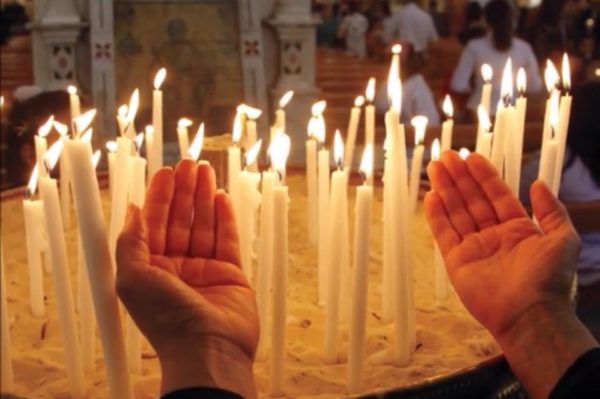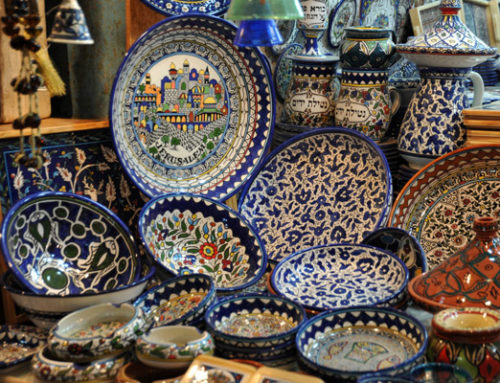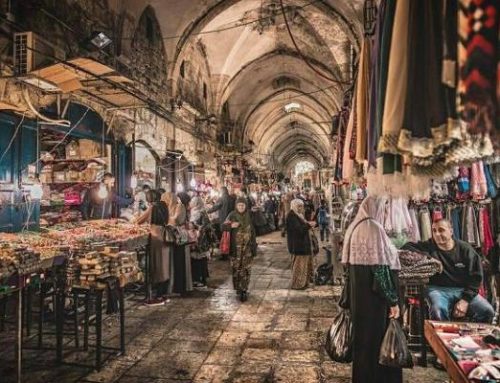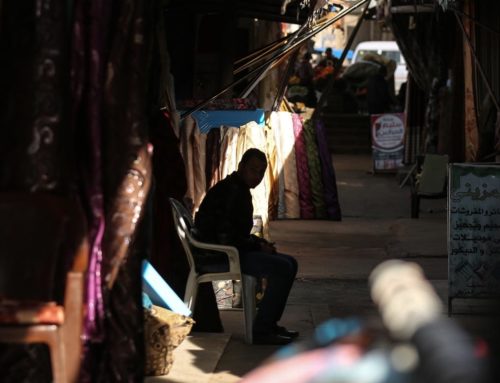For many centuries, the candle industry in Jerusalem has flourished, particularly because of the religious nature of the city and the demand for candles in churches and monasteries for different religious and social events. More traditional designs have been supplemented by new shapes and sizes and decorated with geometric, vegetative and religious designs. They are painted in various colors, but gold is the most often used. These candles are not only popular on a local level however, and man pilgrims take candles back home with them..[1]
Candles in Jerusalem are greasy (made of sheep fat) or hazel (made of hives) or a mixture of the both.[2] There are specific Jerusalemite families that became famous for their production of candles across multiple generations and some of them have even become known by that trade and have taken on the surname Shamma’a (candle producer).[3]

Although the demand for candles increases when there is a funeral or during wedding seasons and religious celebrations, production as a whole has decreased lately due to the following reasons:[4]
- Narrow external marketing outlets
- Lack of good production and packaging and exposure to stiff competition
- High tax rates on Palestinian products and an income tax of up to 25%.
[2] Amdah Hussein Abd Al-Jabouri, Jerusalem in the ottoman Era (1640-1799) (Jordan: AlHamed Publishers, 2011), 160
[3] Candle Production In Jerusalem: a video, https://www.youtube.com/watch?v=mTx0jLmJ3lc
[4] Candle Production In Jerusalem: a video, https://www.youtube.com/watch?v=mTx0jLmJ3lc






